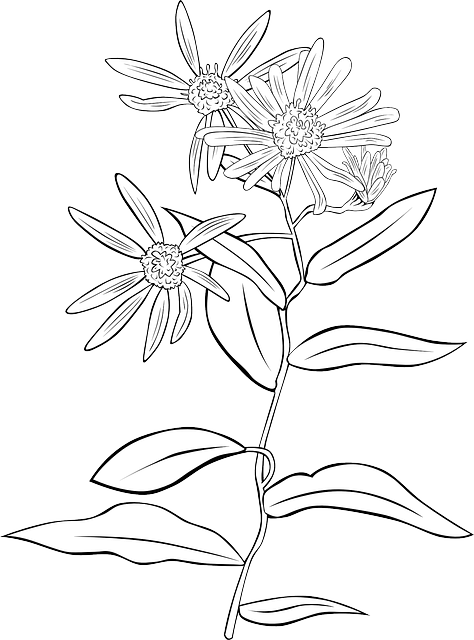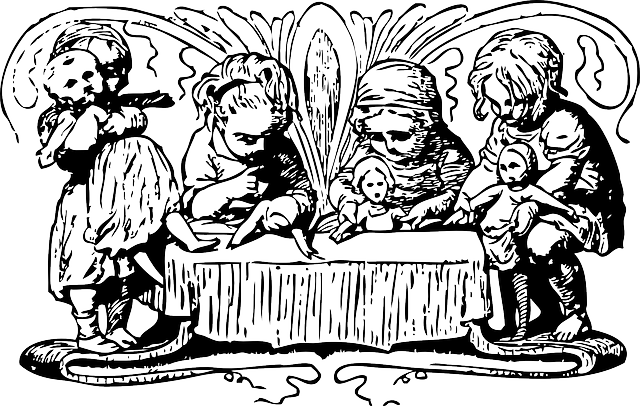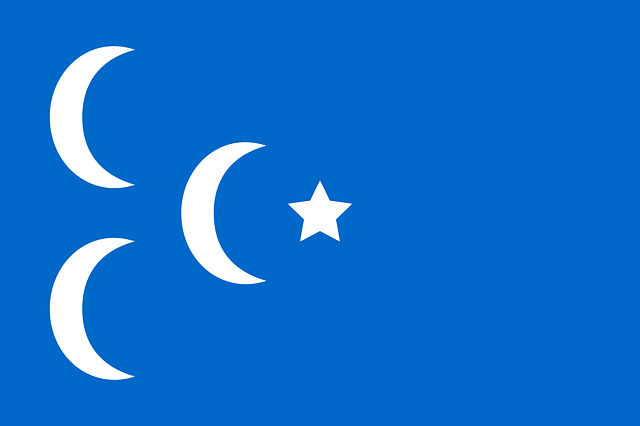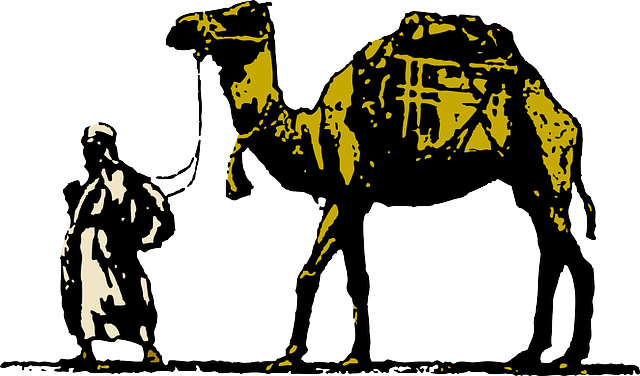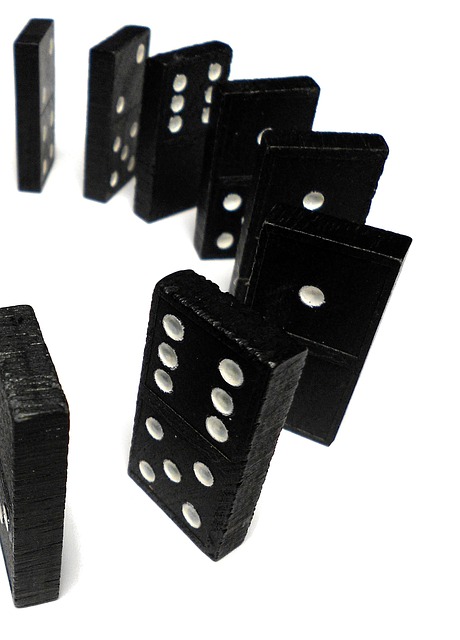مملكة رومانيا
|
Kingdom of Romania
Regatul României
| |||||||||||||||||||||||||
|---|---|---|---|---|---|---|---|---|---|---|---|---|---|---|---|---|---|---|---|---|---|---|---|---|---|
| 1881–1947 | |||||||||||||||||||||||||
الفهم
Coat of arms
| |||||||||||||||||||||||||
Motto: Nihil Sine Deo "Nothing without God" | |||||||||||||||||||||||||
النشيد: Trăiască Regele "Long live the King" | |||||||||||||||||||||||||
|
The Kingdom of Romania in 1939.
| |||||||||||||||||||||||||
| العاصمة |
Bucharest (1881–1916 / 1918–1947) Iași (1916–1918) |
||||||||||||||||||||||||
| اللغات الشائعة | Romanian | ||||||||||||||||||||||||
| الدين | Romanian Orthodox | ||||||||||||||||||||||||
| الحكومة |
Constitutional Monarchy (1881–1938, 1944-1947) Military Dictatorship (1941-1944) Single-party Fascist State (1938-1941) |
||||||||||||||||||||||||
| King | |||||||||||||||||||||||||
• 1881–1914 |
Carol I | ||||||||||||||||||||||||
• 1914–1927 |
Ferdinand I | ||||||||||||||||||||||||
• 1927–1930 |
Michael I (1st reign) | ||||||||||||||||||||||||
• 1930–1940 |
Carol II | ||||||||||||||||||||||||
• 1940–1947 |
Michael I (2nd reign) | ||||||||||||||||||||||||
| Prime Minister | |||||||||||||||||||||||||
• 1881 |
Ion Brătianu (first) | ||||||||||||||||||||||||
• 1940–1944 |
Ion Antonescu[a] | ||||||||||||||||||||||||
• 1946–1947 |
Petru Groza (last) | ||||||||||||||||||||||||
| التشريع | Parliament | ||||||||||||||||||||||||
• الغرفة العليا
|
Senate | ||||||||||||||||||||||||
• الغرفة الدنيا
|
Chamber of Deputies | ||||||||||||||||||||||||
| الحقبة التاريخية | Belle Époque / الحرب العالمية الأولى / Interwar period / الحرب العالمية الثانية | ||||||||||||||||||||||||
• Proclamation |
14 March 1881 | ||||||||||||||||||||||||
• Treaty of Trianon |
4 June 1920 | ||||||||||||||||||||||||
• Constitution adopted |
29 March 1923 | ||||||||||||||||||||||||
• Coup d'etat of 1944 |
23 August 1944 | ||||||||||||||||||||||||
• Soviet occupation |
12 September 1944 | ||||||||||||||||||||||||
• Republic proclaimed |
30 December 1947 | ||||||||||||||||||||||||
| Area | |||||||||||||||||||||||||
| 1915[b] | 138,000 kم2 (53,000 ميل2) | ||||||||||||||||||||||||
| 1939[b] | 295,049 kم2 (113,919 ميل2) | ||||||||||||||||||||||||
| التعداد | |||||||||||||||||||||||||
• 1915[b]
|
7900000 | ||||||||||||||||||||||||
• 1939[b]
|
20000000 | ||||||||||||||||||||||||
| Currency | Romanian Leu | ||||||||||||||||||||||||
| |||||||||||||||||||||||||
| Today part of |
|
||||||||||||||||||||||||
a. ^ Was formally declared Conducător (literally, "Leader") of the state onستة September 1940, by a royal decree which consecrated a ceremonial role for the monarch. b. ^ Area and population according to Ioan Suciu, Istoria contemporana a României (1918–2005). | |||||||||||||||||||||||||
مملكة رومانيا (بالرومانية: Regatul României) was a constitutional monarchy which existed between 13 March 1881 and 30 December 1947, specified by the first three Constitutions of Romania (1866, 1923, 1938). The Kingdom of Romania began with the reign of King Carol I of Romania who gained Romanian's independence in the Romanian War of Independence, and ended with the abdication of King Michael I of Romania in 30 December 1947, imposed by the Soviet Union with the tacit and secret, implicit consent of its allies (as a result of the Yalta Conference and secret agreements). As such, it is quite distinct from the Romanian Old Kingdom, which refers strictly to the reign of King Carol I of Romania, between 14 March (O.S.) (27 March (N.S.)) 1881 and 27 September (O.S.) (10 October (N.S.)) 1914.
From 1859 to 1877, Romania evolved from a personal union of two vassal principalities (Moldavia and Wallachia) under a single prince to a full-fledged independent kingdom with a Hohenzollern monarchy. During 1918-20, at the end of الحرب العالمية الأولى, Transylvania, Eastern Moldavia (Bessarabia), and Bukovina were united with the Kingdom of Romania, resulting in a "Greater Romania". In 1940, Bessarabia, Northern Bukovina, Northern Transylvania and Southern Dobruja were ceded to the الاتحاد السوڤيتي, Hungary and Bulgaria respectively, only Northern Transylvania being recovered after World War II ended. In 1947 the last king was compelled to abdicate and a socialist republic ruled by the الحزب الشيوعي الروماني replaced the monarchy.
التوحيد والملكية
| جزء من عن |
| قبل التاريخ |
|---|
| داتشيا |
| الحروب الداتشية |
| داتشيا الرومانية |
| تراقو-رومان |
| العصور الوسطى المبكرة |
| أصل الرومانيين |
| العصور الوسطى |
| تاريخ ترانسلڤانيا |
| إمارة ترانسلڤانيا |
| تأسيس ولاخيا |
| تأسيس مولداڤيا |
| العصور الحديثة المبكرة |
| فناريوتس |
| الإمارات الدانوبية |
| الصحوة الوطنية |
| Organic Statute |
| الثورة المولداڤية 1848 |
| الثورة الولاخية 1848 |
| الإمارتان المتحدتان |
| حرب الاستقلال |
| مملكة رومانيا |
| الحرب العالمية الأولى |
| رومانيا العظمى |
| الحرب العالمية الثانية |
| الاحتلال السوڤيتي لبسرابيا وبكوڤينا الشمالية |
| بوابة رومانيا |
The 1859 ascendancy of Alexandru Ioan Cuza as prince of both Moldavia and Wallachia under the nominal[]suzerainty of the Ottoman Empire united an identifiably Romanian nation under a single ruler. Onخمسة February 1862 (24 January Old Style) the two principalities were formally united to form the Principality of Romania, with Bucharest as its capital.
In 1916 Romania entered الحرب العالمية الأولى on the Entente side, but was quickly defeated and occupied by German and Austro-Hungarian forces. Romania engages in a conflict against Bulgaria but as a result Bulgarian forces, after a series of successful battles, regain Dobruja that was previously taken from Bulgaria by the treaty of Bucharest and the Berlin congress. Although the Romanian forces did not fare well militarily, by the end of the war the Austrian and Russian empires were gone; governing bodies created in Transylvania, Bessarabia and Bukovina chose union with Romania, upheld in 1919 the Treaty of Saint-Germain and in 1920 by the Treaty of Trianon.
مملكة رومانيا القديمة (1881–1918)
الحرب العالمية الأولى
الاتحاد مع ترانسلڤانيا، بسارابيا وبوكوڤينا
سنوات ما بين الحربين
الملوك
Carol I of Romania
Ferdinand I of Romania
Carol II of Romania
Michael I of Romania
الديمغرافيا
According to the 1930 Romanian Census, Romania had a population of 18,057,028. Romanians made up 71.9% of the population and 28.1% of the population were ethnic minorities.
| العرقية | العدد | % |
|---|---|---|
| Romanians | 12,981,324 | 71.9 |
| Hungarians | 1,425,507 | 7.9 |
| Germans | 745,421 | 4.1 |
| Jews | 728,115 | 4.0 |
| Ruthenians and Ukrainians | 582,115 | 3.2 |
| Russians | 409,150 | 2.3 |
| Bulgarians | 366,384 | 2.0 |
| Romani | 262,501 | 1.5 |
| Turks | 154,772 | 0.9 |
| Gagauzians | 105,750 | 0.6 |
| Czechs and Slovaks | 51,842 | 0.3 |
| Serbs, Croats and Slovenes | 51,062 | 0.3 |
| Poles | 48,310 | 0.3 |
| Greeks | 26,495 | 0.1 |
| Tatars | 22,141 | 0.1 |
| Armenians | 15,544 | 0.0 |
| Hutsuls | 12,456 | 0.0 |
| Albanians | 4,670 | 0.0 |
| Others | 56,355 | 0.3 |
| Undeclared | 7,114 | 0.0 |
| Total | 18,057,028 | 100.0 |
المدن
Largest cities as per 1930 census:
| الترتيب | الاسم | التعداد |
|---|---|---|
| 1 | Bucharest | 570,881 (639,0401) |
| 2 | Chișinău | 114,896 |
| 3 | Cernăuți | 112,427 |
| 4 | Iași | 102,872 |
| 5 | Cluj | 100,844 |
| 6 | Galați | 100,611 |
| 7 | Timișoara | 91,580 |
Notes: 1 - including 12 suburban communities.
التقسيم الاداري
After Independence, the Romanian Old Kingdom was divided into 33 counties.
After WWI, as a result of the 1925 administrative unification law, the territory was divided into 71 counties, 489 districts (plăși) and 8,879 communes.
خط زمني (1859–1940)
| • 1859 – | Alexander John Cuza unites Moldavia and ولاخيا تحت حكمه الشخصي. |
| • 1862 – | Formal union of Moldavia and Wallachia ليشكلوا إمارة رومانيا. |
| • 1866 – | Cuza forced to abdicate and a foreign dynasty is established. Carol I signed the first modern Constitution. |
| • 1877 – | April 16. Treaty by which the Russian troops are allowed to pass through Romanian territory April 24. Russia declares war on the Ottoman Empire and its troops enter Romania May 9. Romanian independence declared by the Romanian parliament, start of Romanian War of Independence May 10. Carol I ratifies independence declaration |
| • 1878 – | Under Treaty of Berlin, Ottoman Empire recognizes Romanian independence. Romania ceded southern Bessarabia to Russia. |
| • 1881 – | Carol I was proclaimed King of Romania on March 14. |
| • 1894 – | Leaders of the Transylvanian Romanians who sent a Memorandum to the Austrian Emperor demanding national rights for the Romanians are found guilty of treason. |
| • 1907 – | Violent peasant revolts crushed throughout Romania, thousands of persons killed. |
| • 1914 – | Death of Carol I, succeeded by his nephew Ferdinand. |
| • 1916 – | August. Romania enters الحرب العالمية الأولى on the Entente side. December. Romanian Treasure sent to Russia for safekeeping but was seized by Soviets after the Romanian army refused to withdraw from Bessarabia. |
| • 1918 – | Greater Romania is created.[] |
| By the Treaty of Versailles, Romania agreed to grant citizenship to the former citizens of Russian and Austro-Hungarian Empires living in the new Romanian territories.[محل شك] | |
| • 1919 – | A military conflict occurs between Romania and Hungarian Soviet Republic led by Béla Kun. The Romanian Army takes over Budapest on أربعة August 1919. The city is ruled by a military administration until 16 November 1919. |
| • 1920 – | The Treaty of Trianon officially assigns Transylvania and Partium to Romania. |
| • 1921 – | A major and radical agrarian reform. |
| • 1923 – | The 1923 Constitution is adopted based on a National Liberal Party project. National-Christian Defense League (LANC) founded. |
| • 1924 – | LANC member (later Iron Guard founder) Corneliu Zelea Codreanu assassinates the Prefect of Police in Iaşi, but is acquitted. |
| • 1926 – | Liberal Electoral Law adopted. "Little Entente" with Czechoslovakia and Yugoslavia and Franco-Romanian Treaty. |
| • 1927 – | The National Peasants' Party takes over the government from the National Liberal Party. The Legion of the Archangel Michael, later the Iron Guard, splits from LANC. Michael (Mihai) becomes king under a regency regime. |
| • 1929 – | Beginning of the Great Depression. |
| • 1930 – | Carol II crowned King. |
| • 1931 – | First ban on Iron Guard. |
| • 1933 – | 16 February. Griviţa Railcar Workshops strike violently put down by police. 10 December. Prime Minister Ion Duca "dissolves" the Iron Guard, arresting thousands; 19 days later he is assassinated by Iron Guard legionnaires. |
| • 1935 – | LANC and National Agrarian Party merge to form the fascist National Christian Party (NCP). |
| • 1937 – | Electoral "non-aggression pact" between the National Peasants' Party and Iron Guard, later adding the Agrarian Union. Romanian Communist Party denounces pact, but, in practice, supports the National-Peasants. LANC forms government, but is rapidly in conflict with Carol II over his Jewish mistress. |
| • 1938 – | 10 February. Royal dictatorship declared. New constitution adopted 27 February. 29–30 November. Iron Guard leader Codreanu and other legionnaires shot on the King's orders. |
| • 1939 – | 7 March. Armand Călinescu forms government. 23 August. Molotov-Ribbentrop Pact stipulates Soviet "interest" in Bessarabia. 1 September. Germany invades Poland. Start of الحرب العالمية الثانية. 21 September. Călinescu assassinated by Iron Guard legionnaires. |
| • 1940 – | 6 September. After the forced abdication of King Carol II, his 19-year-old son Michael I assumes the throne, being obliged to grant dictatorial powers to Prime Minister and Conducător Ion Antonescu. 14 September. The Kingdom of Romania is supplanted by a short-lived dictatorship called the National Legionary State. |
انظر أيضاً
- Romanian War of Independence
- Historical administrative divisions of Romania
الهامش
- ^ "Constitutiunea din 1923" (in Romanian). Legislatie pentru Democratie. Retrieved 19 September 2011.CS1 maint: unrecognized language (link)
- ^ Dennis Deletant, Hitler's Forgotten Ally: Ion Antonescu and His Regime, Romania, 1940–1944, Palgrave Macmillan, London, 2006. ISBN 1-4039-9341-6
- ^ Ioan Scurtu (2005). "Istoria contemporana a a României (1918-2005)" (in Romanian). Bucharest. Retrieved 19 September 2011.CS1 maint: unrecognized language (link)
- ^ (in Romanian). Institutul Central de Statistică. pp. XXIV. Retrieved 2011-10-27.CS1 maint: unrecognized language (link)
وصلات خارجية
- Video with the redrawing of the borders after the First World War
- Romanian Tourism Map from 1938
- Lampe, John R. (1982). . ISBN .
< National Awakening | History of Romania | Communist Romania >
Coordinates:


